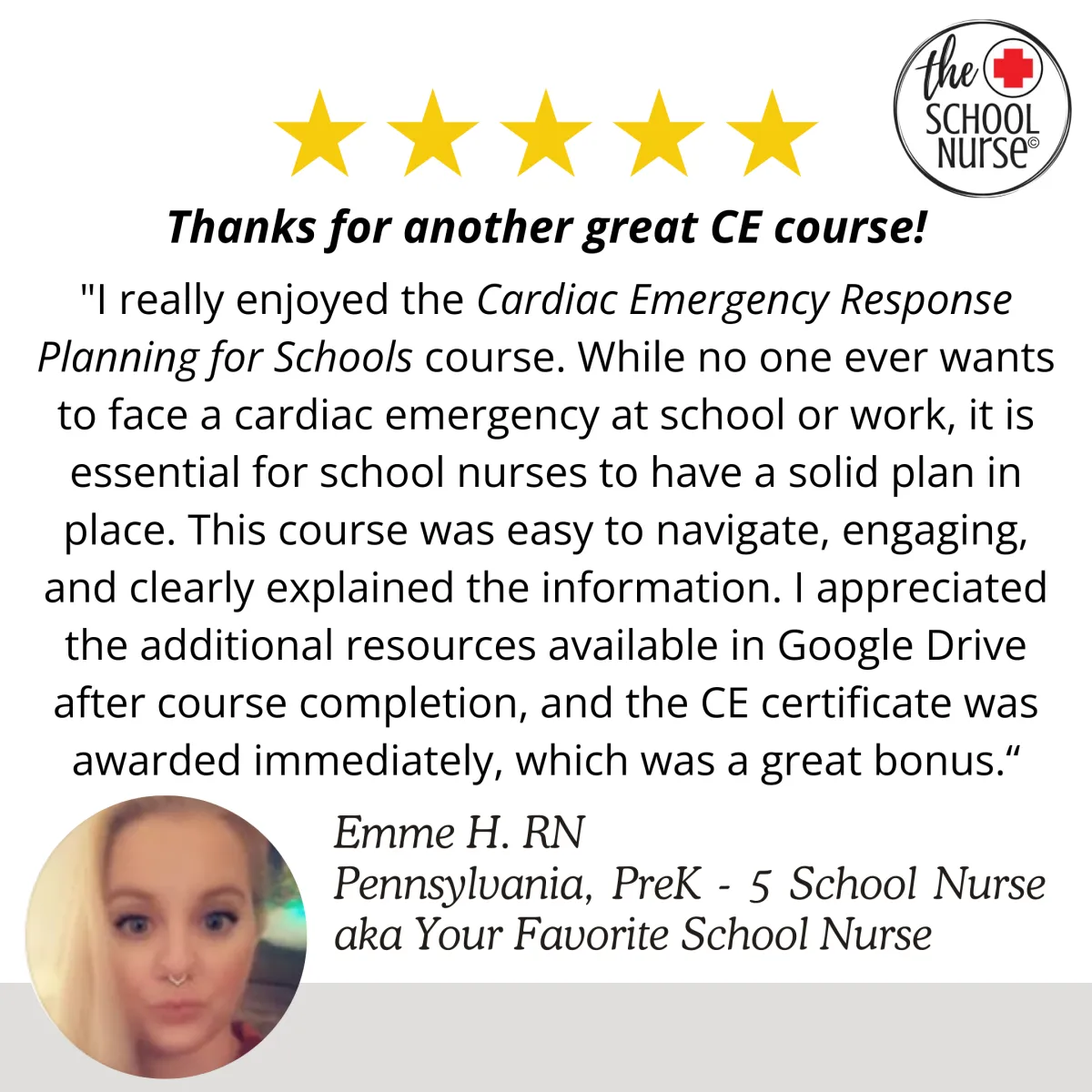Does the thought of calling parents cause you anxiety?
+ the post contains affiliate links +
Hopefully Helpful School Nurse Tip: When in doubt—always call home. Parents would rather hear all of the details from you during the school day than some of the story from their child after hours.
One of the most important skills a school nurse can build is strong, effective communication—and not just with students. On any given day, you’re talking with teachers, administrators, paras, counselors, bus drivers, and parents. The way you communicate not only shapes your relationships but also builds trust, reduces confusion, and strengthens your professional presence.
When (and Why) to Call Home
The idea of calling a parent can be intimidating—especially if you're worried about how the message will be received. But calling home is often the best way to ensure families feel informed and reassured. If you're on the fence about whether or not to make the call, err on the side of picking up the phone.
And guess what? Having a simple script can really help calm those nerves and keep the conversation focused.
My Go-To Phone Script
I start almost every parent call the same way:
"Hi, this is [Your First and Last Name], the nurse at [School Name]. Is this [Parent’s Name]?"
If the parent sounds worried, I’ll immediately offer reassurance:
"Everything is okay—this isn’t an emergency. I just wanted to give you a quick update about [Student Name].”
From there, I explain:
-
Why the student came to the office
-
What I observed or assessed
-
What care I provided
-
What to expect the rest of the day
Here’s an example of what that might sound like:
"Hi, this is First Last Name, the nurse at School Name, is this parent first and last name?" If the parent sounds concerns- let them know you're not calling because of an emergency, but because of XYZ "I'm calling because I have Student Name in the office and they are complaining of XYZ' or "I'm calling because Student Name is in the the office and I wanted to let you know that during PE class XYZ. We've (insert assessment and treatment here). Just a heads up before they got home from school and you were surprised to see. I'll let you talk to Student Name and make sure you feel OK with them going back to class. I'll need to talk to you before you hang up. OK?"
Beyond Parents: Communicating with Your School Team
Clear communication doesn’t stop with families. As the school nurse, you’re often the hub for health-related information—and how you connect with your school team can make all the difference.
Teachers: Do they know when and how to send a student to your office? Consider creating simple guidelines for what constitutes an urgent vs. routine visit. A quick checklist or laminated pass system can help cut down on unnecessary interruptions while ensuring students get the care they need.
Office Staff: Do they know how to reach you- and when it’s appropriate to interrupt you during a visit or call for backup? Having a clear protocol for emergencies, medication delivery, or student pickups helps everyone stay on the same page.
Administrators: Are you sharing data and trends that help them make informed decisions? Whether it's attendance patterns tied to health issues, increases in head injuries, or chronic condition management, your insight is valuable. Even a quick end-of-month summary can go a long way.
Students: Are you building rapport while teaching them about their health? The way you speak to students, especially when they’re not feeling their best, can influence how comfortable they are coming to you in the future. Use kind, clear, age-appropriate language and look for small opportunities to teach and connect.
Creating routines, using consistent language, and being visible and approachable go a long way in developing healthy communication patterns with everyone in your building. A few minutes of proactive connection early in the year can prevent a lot of miscommunication later on.
Need More Help with What to Say?
Sensitive topics—like hygiene, mental health, or injuries—can be especially hard to navigate. If you’ve ever felt unsure about how to start those conversations, you’re not alone.
Be sure to check out my companion blog post with simple, respectful conversation starters for sensitive situations. These scripts will help you feel more prepared and less anxious when the moment comes.
One Last Tip...
Don’t be afraid to crowdsource ideas! School nurse Facebook groups are FULL of amazing suggestions and real-world scripts from experienced nurses just like you. When you see a great phrase, save it. Build a little toolbox of go-to language—it’ll serve you well in any situation.
The School Nurse Facebook Groups have posts with wonderful comments full of great suggestions from other school nurses just like you!
Check them out...
RESOURCE











.png)


.png)









%20(1).png)
.png)






.png)

.png)
.png)







.png)







.png)


.png)
.png)
.png)